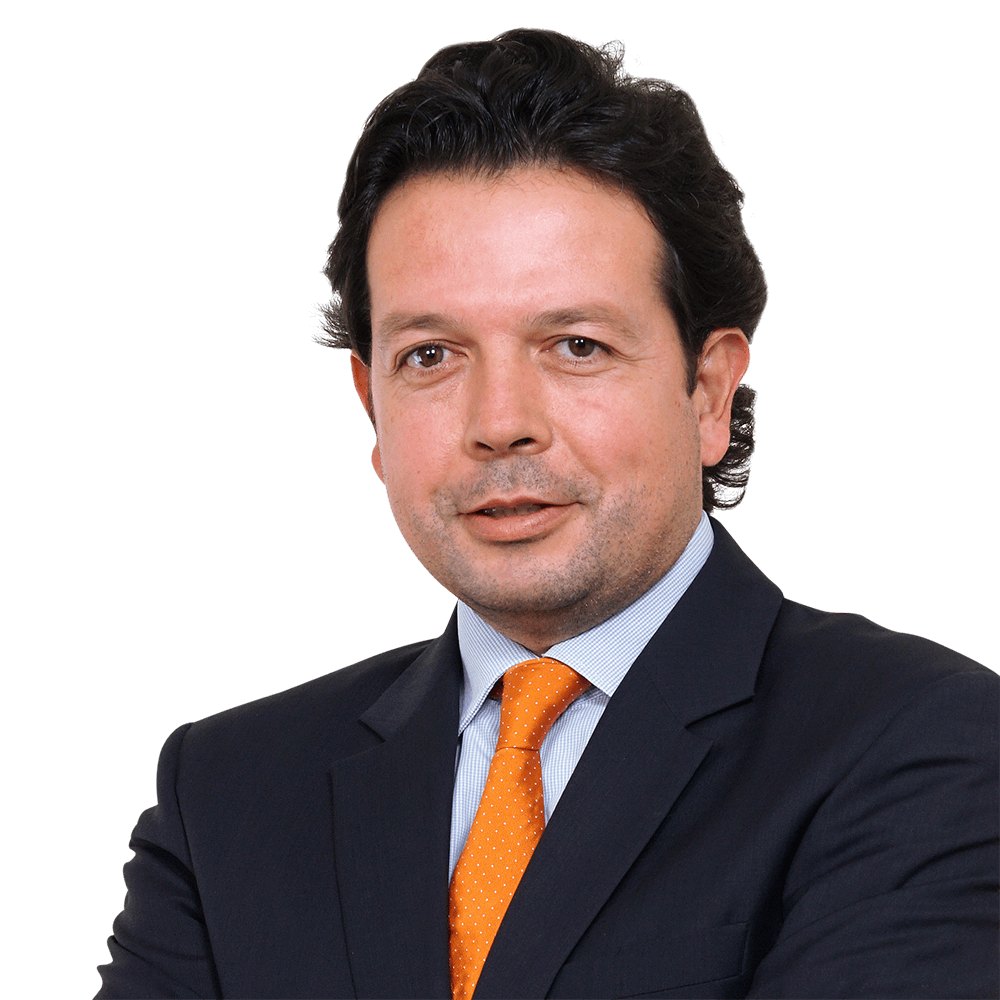Assessing the amount of deductible VAT from expenses borne by a branch (Morgan Stanley Case)
Published on 19th March 2019
In its ruling dated 24 January 2019, Morgan Stanley case C-165/17, the European Court of Justice reviews the deductibility of the VAT on expenses borne by a branch located in a Member State (France) for the benefit of its head office in another Member State (United Kingdom).
The ruling reviews such VAT deductibility, following a request for preliminary rulings from the Conseil d'État (Council of State, France), acting as the ultimate court on administrative matters, against whose decisions there would be no judicial remedy under national law.
Under the facts of the case, a branch was rendering financial and banking services to local clients. Such services were subject to and not exempt from VAT – in other words, such transactions, as VAT-able transactions, gave rise to the right to deduct input VAT. The branch, moreover, also rendered services to its head office, for which it received consideration (transfers). The head office, in turn, carried out transactions both subject to VAT (and as such giving rise to the right to deduct input VAT) and exempt from VAT (and not giving rise to the right to deduct VAT).
In such cases, the European Court of Justice ("ECJ") precedent establishes that the head office and its branch both constitute a single, one and only, taxpayer for VAT purposes, given that the branch does not carry out a business activity separate from that of its head office – i.e. the branch does not bear the business risk of its activities. Therefore, the reciprocal "services" between head office and its branch are internal and are not within the scope of VAT.
According to the ECJ, a branch registered in a Member State is entitled to deduct in such State all VAT borne on goods or services acquired, directly and immediately related to VATable transactions carried out by its head office in another Member State. This principle requires that both branch and head office constitute a single taxpayer and that the VATable transactions by head office would also have given rise to the right to deduct, has such transactions been carried out in the State where the branch is located.
The preliminary rulings submitted to the ECJ raises the issue of the deductibility of the VAT borne by a branch acquiring goods and services, which are then used by the head office to carry out transactions which are indistinctly subject to and exempt from VAT. According to the ECJ, the VAT which the branch would be entitled to deduct as regards expenses borne for the benefit of the head office would be subject to a the following prorrata rule:
First preliminary ruling.- In the case of expenses borne by a branch registered in a Member State and where such expenses are exclusively related to transactions, both VAT-able and non-VATable, carried out by the head office established in another Member State:
- The numerator of the prorrata fraction should include the VATable head office transactions (related to the expenses borne by the branch), which would give rise to the right to deduct input VAT, should such transactions be carried out in the Member State where the branch is registered; and
- The denominator of the prorrata fraction should include both VATable transactions and VAT-exempt transactions carried out by the head office (and related to the expenses borne by the branch).
In this case, therefore, the prorrata is calculated by only taking into account head office transactions to which the expenses borne by the branch are related.
Second preliminary ruling.- In the case of general expenses borne by a branch registered in a Member State and where such expenses are related both to its transactions in the Member State where the branch is established and to transactions by the head office established in another Member State:
- The numerator of the prorrata should include the VATable transactions carried out by the branch and the VATable transactions carried out by the head office which would give rise to the right to deduct input VAT, should such transactions be carried out in the Member State where the branch is registered; and
- The denominator of the prorrata should include VATable transactions and VAT-exempt transactions carried out both by the head office and the branch.
In this last case, the prorrata is calculated by taking into account transactions carried out both by the branch and the head office.
In its ruling, the ECJ is clear that a branch supporting its head office should be entitled to recover associated VAT costs. For expenses exclusively related to supporting the head office in both its VAT-able and VAT-exempt transactions, the ruling results in the need to define specific costs and to understand the relevant VAT treatment in each location, leading to unquestionable practical complexities. It may well be that multinational groups will need additional data and resources to support recovery procedures in different EU States.




